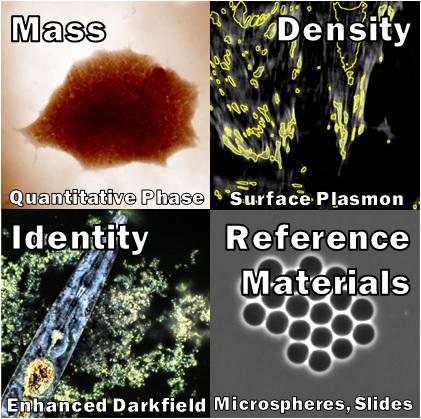Alexander Peterson (Fed)
Research Chemist
Research Interests:
I am a research chemist and co-leader of a project developing new light-scattering-based microscopy techniques to characterize nanoparticles, with a focus on gene delivery systems used in advanced therapies. My research centers on creating high-throughput light scattering microscopy methods for rapid, multi-attribute, single-particle characterization of gene therapy vectors. Gene delivery particles—including viral vectors and non-viral carriers—are central to the treatment of previously intractable diseases, yet their small size (20–200 nm) and structural complexity make accurate measurement and production challenging. These issues contribute to particle heterogeneity, which can directly affect the efficacy and safety of therapeutic products.
To address these challenges and support the development of safer and more effective therapies, I design and implement innovative light-scatter-based optical microscopes capable of measuring key physical attributes—including mass, size, concentration, and composition—of individual nanoparticles under solution-relevant conditions. By improving the precision, reproducibility, and throughput of nanoparticle characterization, this work advances national efforts at NIST aimed at establishing robust measurement approaches for critical quality attributes in gene delivery systems.
I have additionally worked with a range of physical microscopy modalities, including surface plasmon resonance imaging, quantitative phase imaging, and enhanced darkfield imaging.
Research Areas:

Research Opportunities
2-year fellowship at NIST on the topic of:
- Novel Light Scattering Imaging to Measure the Mass of Gene Delivery Particles
- Advancing Cell-Based Viral Infectivity Assays: Enhancing Reproducibility and Automation
- Advanced Imaging Tools to Measure Dynamics of Pluripotency and Differentiation
Contact alexander.peterson [at] nist.gov (Alexander Peterson) if interested in applying and developing a proposal (3000 words). Application deadlines are Feb. 1 and Aug. 1. Open to U.S. citizens; includes $82,764 stipend plus benefits and relocation support.

